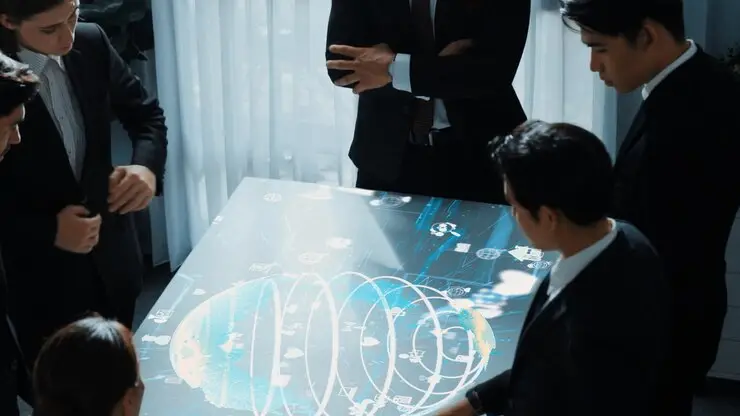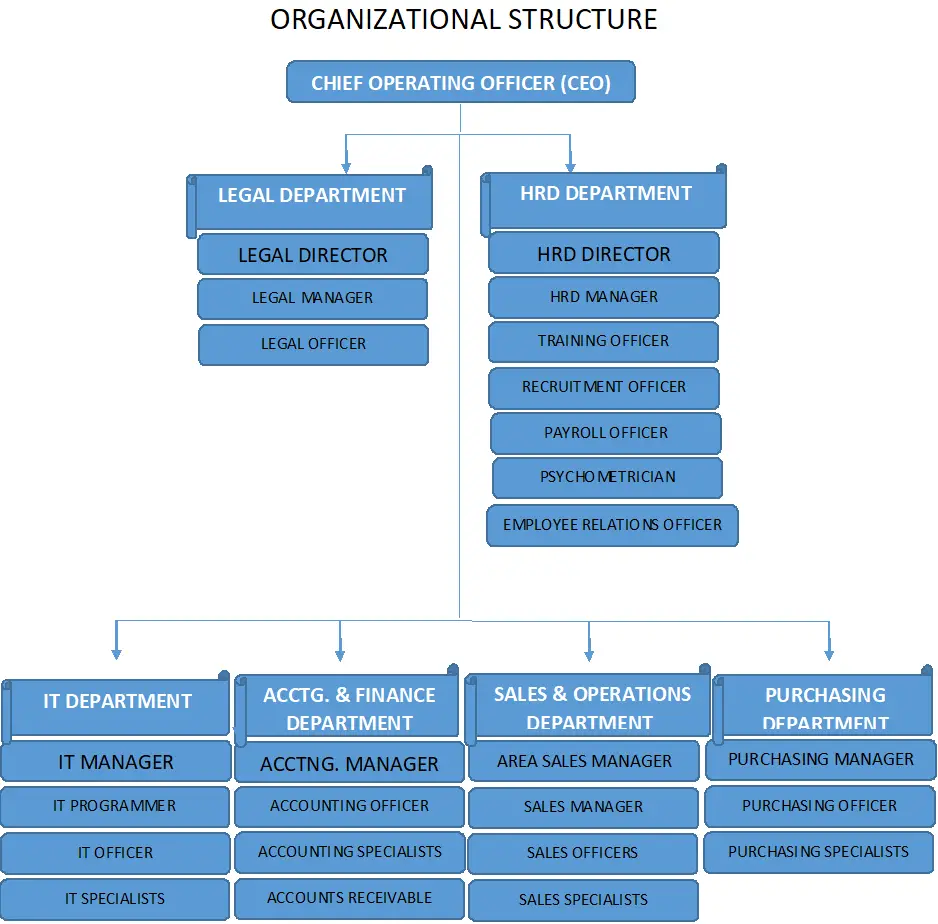Unlocking Organizational Efficiency on 5 Roles of Industrial-Organizational Psychology in Organizational Structure

In the dynamic landscape of modern businesses, organizational structure stands as the backbone of efficiency, productivity, and synergy within companies. The arrangement of roles, responsibilities, and communication channels within an organization significantly impacts its ability to adapt, innovate, and thrive in a competitive environment. Understanding and optimizing organizational structure is where the field of Industrial-Organizational (IO) Psychology steps in, offering valuable insights and strategies to enhance organizational effectiveness.


Page Contents
- 1 Unlocking Organizational Efficiency on 5 Roles of Industrial-Organizational Psychology in Organizational Structure
- 2 The Essence of IO Psychology
- 3 The 5 Vital Anatomy of Organizational Structure
- 4 The 5 Key Roles of IO Psychology
- 5 Here are some 5 key contributions of IO psychology to organizational structure:
- 6 In this example:
- 7 Conclusion
Unlocking Organizational Efficiency on 5 Roles of Industrial-Organizational Psychology in Organizational Structure
The Essence of IO Psychology
Industrial-Organizational Psychology is a specialized branch of psychology that focuses on applying psychological principles to workplace settings. It encompasses a broad range of topics, including employee motivation, leadership, job satisfaction, training and development, and organizational structure. Within the realm of organizational structure, IO psychologists delve into the intricacies of how individuals and teams are organized within an organization to achieve optimal performance.

The 5 Vital Anatomy of Organizational Structure
Organizational structure can be visualized through various models and diagrams, each tailored to the specific needs and objectives of the organization. However, some common elements persist across most structures:
- Hierarchical Arrangement: At the core of organizational structure lies the hierarchical arrangement of authority and responsibility. This typically involves levels of management, from executive leadership at the top to front-line employees at the bottom.
- Departmentalization: Organizations often divide their operations into functional areas or departments based on tasks, functions, products, or geography. This segmentation facilitates specialization and coordination within the organization.
- Span of Control: This refers to the number of subordinates that a manager or supervisor oversees. A wide span of control indicates a flatter organizational structure with fewer hierarchical levels, promoting faster communication and decision-making.
- Formalization: Formalization refers to the extent to which roles, procedures, and processes within the organization are standardized and codified. Higher levels of formalization provide clarity but may hinder flexibility and innovation.
- Centralization vs. Decentralization: Centralization entails decision-making authority concentrated at the top of the organizational hierarchy, while decentralization disperses decision-making power to lower levels. The balance between centralization and decentralization impacts agility and responsiveness.
The 5 Key Roles of IO Psychology
IO psychologists play a pivotal role in optimizing organizational structure to maximize efficiency, employee satisfaction, and overall performance. They employ various methodologies and tools to analyze, design, and implement organizational structures that align with the organization’s goals and values.
Here are some 5 key contributions of IO psychology to organizational structure:
- Job Analysis and Design: IO psychologists conduct comprehensive job analyses to understand the tasks, responsibilities, and requirements of different roles within the organization. By carefully designing job roles and responsibilities, they ensure alignment with organizational objectives and employee skills, leading to increased productivity and satisfaction.
- Organizational Diagnosis: Through surveys, interviews, and observation, IO psychologists assess the current state of the organization’s structure, culture, and processes. This diagnostic approach identifies areas for improvement and informs strategic decisions regarding restructuring or realignment.
- Team Dynamics and Collaboration: IO psychologists study team dynamics to optimize team structures and enhance collaboration. By considering factors such as team size, composition, and communication patterns, they create environments that foster creativity, cooperation, and high performance.
- Leadership Development: Effective leadership is crucial for shaping and sustaining organizational structure. IO psychologists provide leadership development programs and coaching to equip managers with the skills needed to lead diverse teams, navigate change, and promote a positive organizational culture.
- Change Management: Organizational structure is not static; it evolves in response to internal and external factors. IO psychologists facilitate smooth transitions during organizational changes, such as mergers, acquisitions, or restructuring, by addressing resistance, managing conflicts, and promoting employee buy-in.

In this example:
- The CEO is at the top of the hierarchy, overseeing all departments.
- There are two main departments: Legal and HRD.
- Each department has a department head and may have managers and staff reporting to them.
- The Legal Department reports to the CEO and is further divided into Legal Director, Legal Manager and the Legal Officer.
- The HRD Department reports to the CEO and is further divided into the HRD Director, HRD Manager, Training Officer, Recruitment Officer, Payroll Officer, Psychometrician and the Employee Relations Officer.
- The IT Department reports to the CEO, and consists of an IT Manager, IT Programmer, IT Officer and IT Specialists.
- Similarly, the Finance Department reports to the CEO, and consists of a Finance Manager and Accounting Officer, Accounting Specialists, and Accounts Receivable.
- The Operations Department reports to the CEO, and consists of an Area Operations Manager/ Area Sales Manager, Sales Manager, Sales Officer and Sales Specialists.
- The Purchasing Department reports to the CEO and consists of a Purchasing Manager, Purchasing Officer and HR Specialists.
This is a basic representation and actual organizational structures can vary greatly depending on the size and complexity of the organization.
Conclusion
In conclusion, organizational structure serves as the framework upon which businesses operate and thrive. By leveraging insights from Industrial-Organizational Psychology, organizations can design and refine their structures to enhance efficiency, innovation, and employee well-being. As the business landscape continues to evolve, the role of IO psychology in optimizing organizational structure remains indispensable, driving sustainable growth and competitive advantage.







